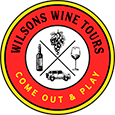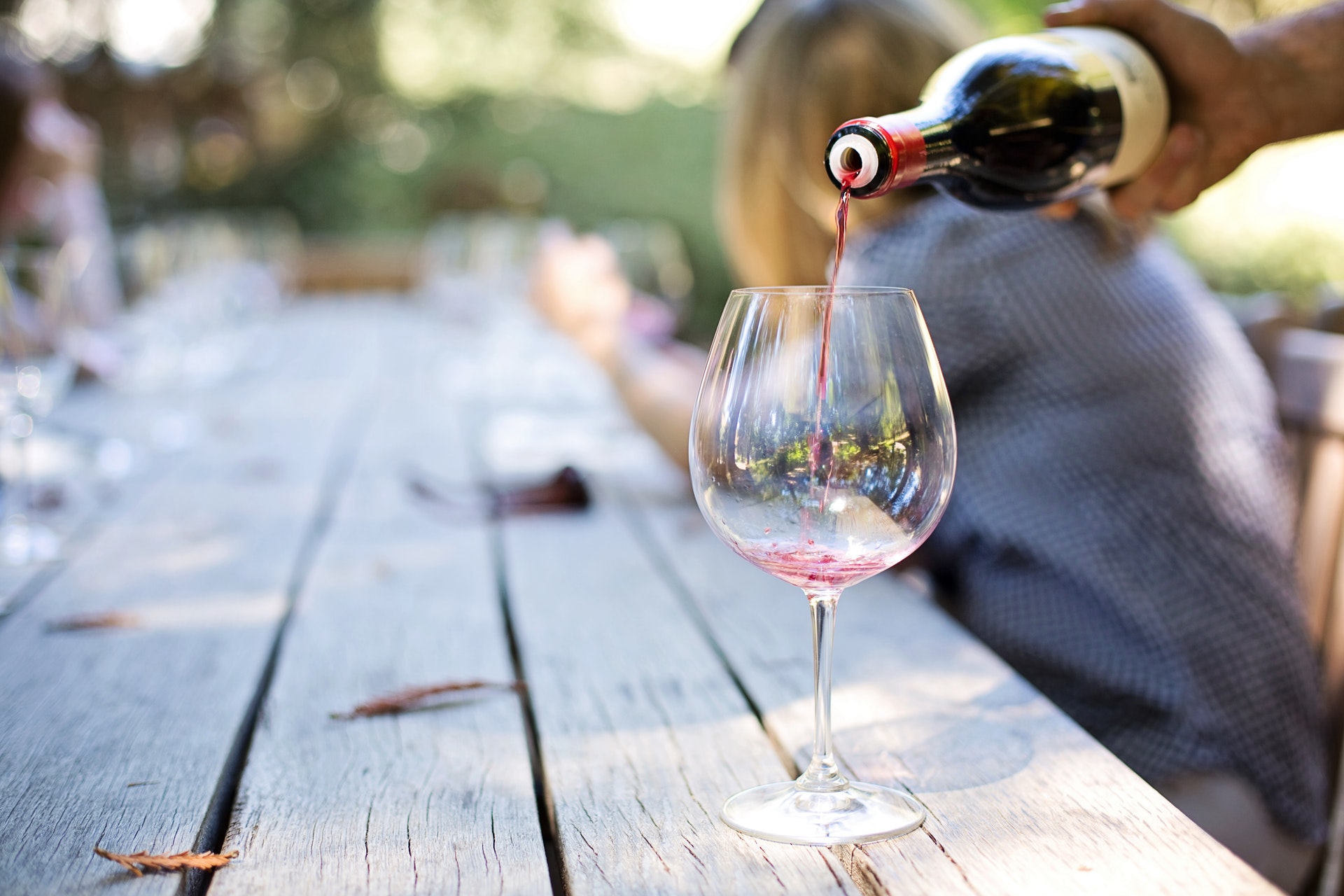It may seem like a trendy upper-class hobby that only socialites and movie stars can enjoy, but the art of wine tasting is an irreplaceable facet of wine appreciation that has a long history with humble origins. Regardless of whether it’s a familiar or foreign concept, it is important to know the fundamentals of wine tasting as a craft to get the most out of every experience that you have with a glass of red or white wine.
To ensure that you have the necessary skills and knowledge to fully appreciate the complexity and remarkable taste of every sip, here’s what you need to know about the art of wine tasting.
Why is wine tasting important?
As an essential part of wine appreciation, wine tasting helps unfold the complex flavour profile and personality of every glass or bottle to cultivate a greater level of appreciation and awareness. Aside from the fact that it is utterly important in the experience of being able to fully understand any type of wine, however, wine tasting is also undertaken for a variety of reasons, such as:
- To promote a new bottle of wine or a selection of wines
- To impress bosses, clients, or potential investors
- To help wineries show off their finest collection of bottles
- To make an investment in any wine product
At the end of the day, however, the main purpose of wine tasting has much to do with forming a certain level of appreciation for any bottle of red and white wine. This is essentially a task which opens up new opportunities to understand all types of wine on a deeper level.
The two types of wine tastings
Generally speaking, wine tastings can be broken up into two different types of procedures that are commonly used by sommeliers, enthusiasts, and unsuspecting newbies alike:
Open tastings
Open tastings are defined as a greater form of wine appreciation that involves tasters sampling a particular bottle that they know every key detail about.
Regardless of whether it was explained to them or they researched on it beforehand, any enthusiast or sommelier participating in an open tasting is well-aware of the wine’s age, cost, origin, and grape varietal. One clear disadvantage of open tastings, however, is that it is easy to be susceptible to the influence of preconceived biases on the flavour of the wine itself, which often prevents tasters from holding an objective judgment.
Blind tastings
Blind tastings, on the other hand, typically entail identifying the wine based on one’s own knowledge while judging the flavour of a wine solely based on what it is. Instead of knowing how old the bottle of wine is, how much it costs, what grape was used, or where it’s from, a blind tasting will cut out all those key factors and let a taster generate their opinion based off the findings of their own tongue.
Partaking in a wine tasting process instead of gulping a whole glass in one go is a skill and art form that can be refined over time and provide a greater understanding of any type of fine wine. Regardless of whether you’re drinking a Cabernet, Pinot Noir, or Sauvignon Blanc, there’s no denying the fact that a proper wine tasting will elevate the experience even more.
If you want to go on a Portarlington wine tour, check out our offers today! We have several packages that can cater to your varying needs of wine, beer, and even gin.



